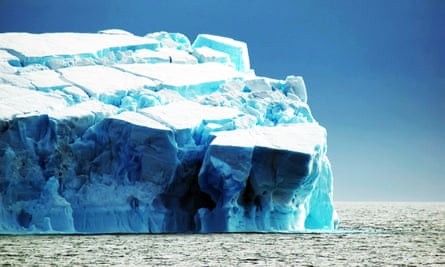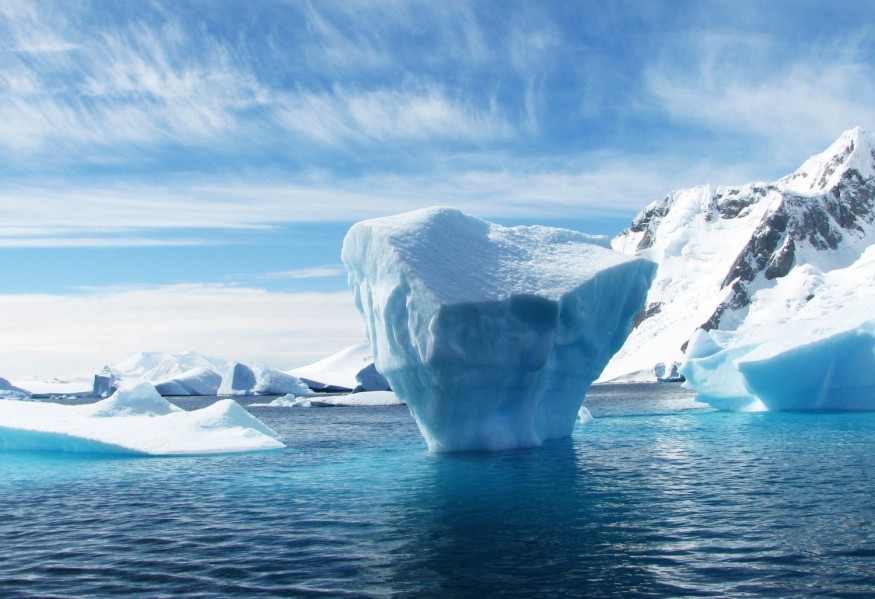According to the European Space Agency, a massive iceberg about four times the size of New York City has sheared off from Antarctica's frozen edge and sunk into the Weddell Sea, becoming the world's largest iceberg afloat.

The newly calved berg, dubbed A-76 by scientists, was discovered in recent satellite imagery taken by the Copernicus Sentinel-1 spacecraft, according to a statement on the space agency's website that included a picture of the massive, oblong ice sheet.
Ice Calving

The breaking of ice chunks from the edge of a glacier is known as ice calving, glacier calving, or iceberg calving. It's an ice ablation or ice destruction technique. A block of ice from a glacier, iceberg, ice front, ice shelf, or crevasse is suddenly released and breaks free. The iceberg that breaks apart may be an iceberg, but it may also be a growler, bergy piece, or crevasse wall breakaway.
Before blocks of ice up to 60 meters (200 feet) high break free and fall into the sea, glaciers frequently make a loud cracking or booming sound. When ice melts into the sea, it creates massive, sometimes dangerous waves. The waves that build at places like Johns Hopkins Glacier can be so big that boats can't get more than 3 kilometers away (1.9 mi). In places like Alaska, these activities have become big tourist attractions.
Many glaciers end at seas or inland lakes, resulting in vast quantities of icebergs calving naturally. Every year, the calving of Greenland's glaciers produces 12,000 to 15,000 icebergs.
A rift normally precedes the calving of ice shelves. These occurrences are uncommon.
Related Article : Greenland Ice Sheet Faces Major Tipping Point, Accelerated Melting Might be Inevitable
A-76

Its land area is 4,320 square kilometers (1,668 square miles), and it is 175 kilometers (106 miles) long and 25 kilometers (15 miles) deep.
In contrast, the combined land and water area of New York City is 1,213 square kilometers, while the Mediterranean island of Mallorca is 3,640 square kilometers.
A-76, which broke loose from Antarctica's Ronne ice shelf, is the world's biggest iceberg, surpassing A-23A, which is around 3,380 square kilometers and still floats in the Weddell Sea.
Scientists reported earlier this year that another large Antarctic iceberg that had threatened a penguin-populated island off the southern tip of South America had lost most of its mass and split into fragments.
Discovery

The British Antarctic Survey found the iceberg, confirmed by the US National Ice Center using Copernicus Sentinel-1 imagery. The Sentinel-1 mission consists of two polar-orbiting satellites that use C-band synthetic aperture radar imaging to return data at any time of day or night, enabling us to observe distant regions like Antarctica all year long.
Icebergs are usually named after the Antarctic quadrant in which they were first seen, followed by a sequential number, and then if the iceberg splits, a sequential letter.
For more environmental news updates, don't forget to follow Nature World News!
© 2025 NatureWorldNews.com All rights reserved. Do not reproduce without permission.





